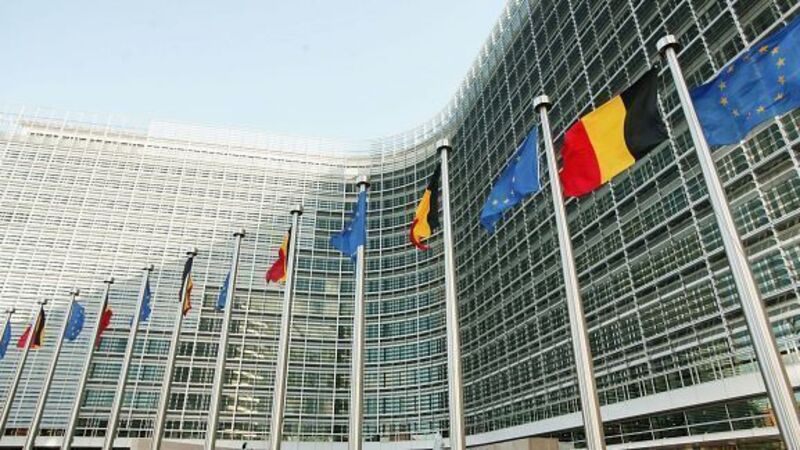European Commission praises 'robust' Irish recovery

[comment] [/comment]
The Irish recovery is described as robust by the European Commission’s spring growth forecast but the size of the country’s debt following the bank bail-out is still a concern.
















